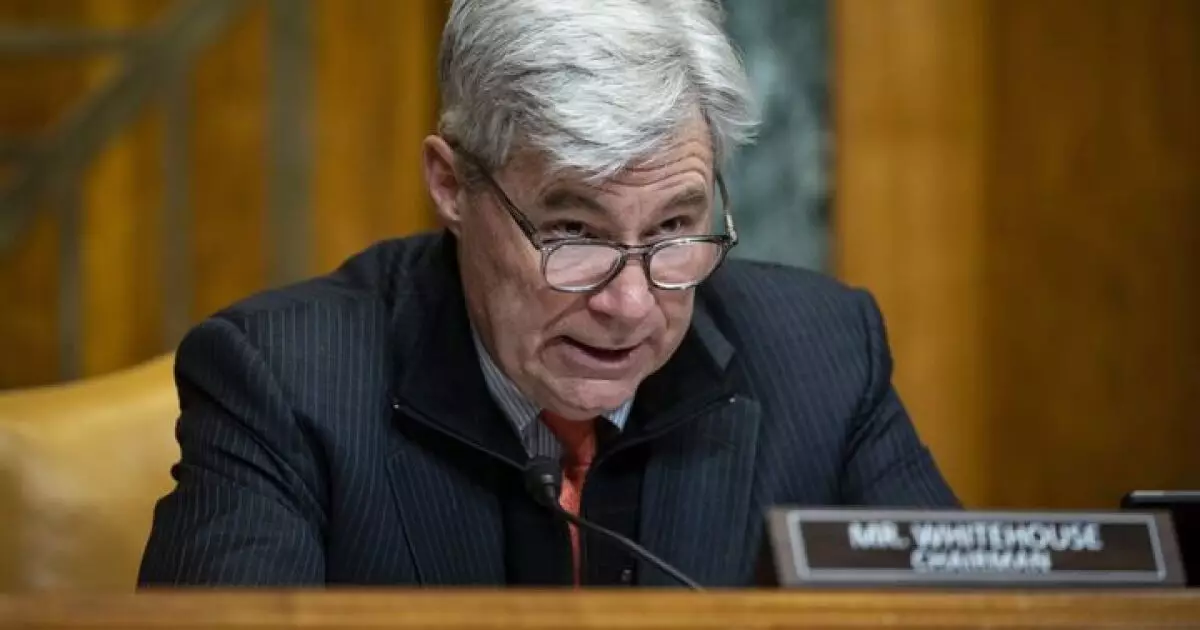The current landscape of infrastructure development in the United States is marred by political conflict and regulatory hurdles. As the Senate Environment and Public Works Committee rallies to eliminate obstacles hindering project progress, the Trump administration’s recent actions have exacerbated funding access for states. With billions of dollars in allocated funds virtually immobilized, the blame has shifted squarely onto an administration perceived to be operating without due regard to legislative and judicial mandates. This situation raises critical concerns about the future of essential infrastructure and energy projects amidst an increasingly polarized political environment.
During a recent Senate committee hearing, prominent figures voiced their frustrations regarding the current administration’s apparent disregard for established laws and court rulings. Ranking Member Senator Sheldon Whitehouse articulated a pressing sentiment: Democrats are unwilling to entertain permitting reforms unless the administration begins to respect congressional authority. This discord illustrates a far-reaching issue where the efficacy of legislative initiatives is undermined by inconsistent executive actions. As projects related to offshore wind, nuclear energy, and affordable housing languish, the need for cohesive collaboration across the political spectrum has never been more critical.
The Effect of Regulatory Backlog on Job Creation
One of the unfortunate byproducts of the current political climate is a chilling impact on job creation within the infrastructure sector. Brent Booker, the general president of the Laborers’ International Union of North America, underscored the vital role offshore wind projects have played in generating employment. However, administration-driven policy shifts, including limits on offshore lease sales, threaten to reverse recent gains in job growth. Laborers waiting on these projects are now facing uncertainty, underscoring how political maneuvering can have immediate and profound effects on working-class families.
Hurdles in the Housing Sector
As Congress deliberates on further restrictions regarding private activity bonds, the housing industry faces a precarious future. These financial tools are pivotal for the creation of affordable housing developments, and any limitations may hinder progress at a time when housing shortages are dire. The National Association of Home Builders has urged state and local governments to reevaluate their policies to foster a more conducive environment for development. Only by establishing a more streamlined permitting process can states hope to alleviate the pressing need for housing in their communities.
To forge a path forward, there must be an emphasis on fostering bipartisan dialogue aimed at resolving the regulatory gridlock that has become endemic in infrastructure development. As stakeholders across various sectors express concerns over stagnating projects, it is imperative that lawmakers engage in cooperative efforts to unlock funding and streamline processes. Moreover, encouraging local governments to utilize federal resources more effectively can catalyze meaningful progress in both housing and renewable energy initiatives. Ultimately, a concerted commitment to constructive engagement could spell the difference between stagnation and growth for the United States’ infrastructure future.

